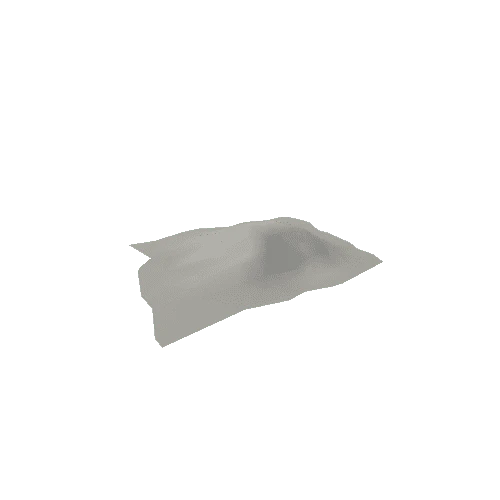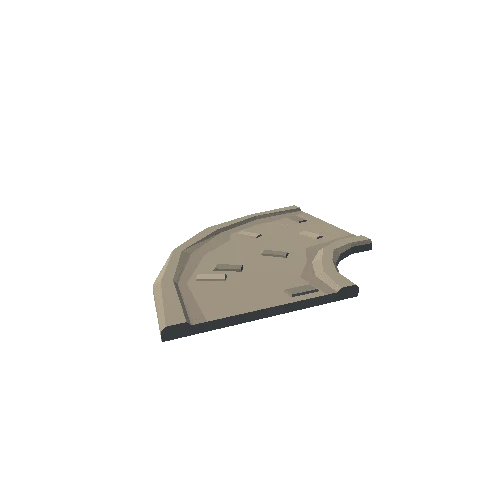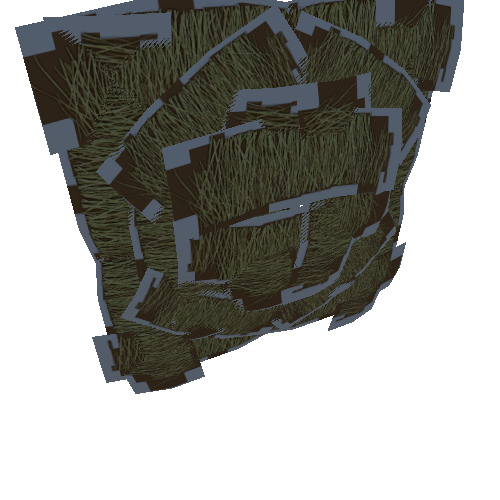Select or drop a image or 3D model here to search.
We support JPG, JPEG, PNG, GIF, WEBP, GLB, OBJ, STL, FBX. More formats will be added in the future.
Asset Overview
Between the 13th and 15th centuries, groups of Saxon colonists populated the territory of what is currently Transylvania in Romania. In order to resist the invasions of Mongols and Ottomans these colonists embarked on the strategy of building fortified churches to protect communities in danger of immediate attack. Today, there are still more than two hundred fortified villages, seven of which were declared UNESCO World Heritage Sites in 1993. The constructive and typological characteristics of fortified churches are striking, but no less important is the rural housing fabric which continues to follow the rhythm and distribution of the historic layout. This still includes annexes, stores, cellars, stables and yards with their historic distribution.
The project has insisted on documenting the details of traditional dwellings, analysing the evolution of uses and functions of these agricultural spaces, as well as the strategies which made it possible to maintain and conserve them until the present.












